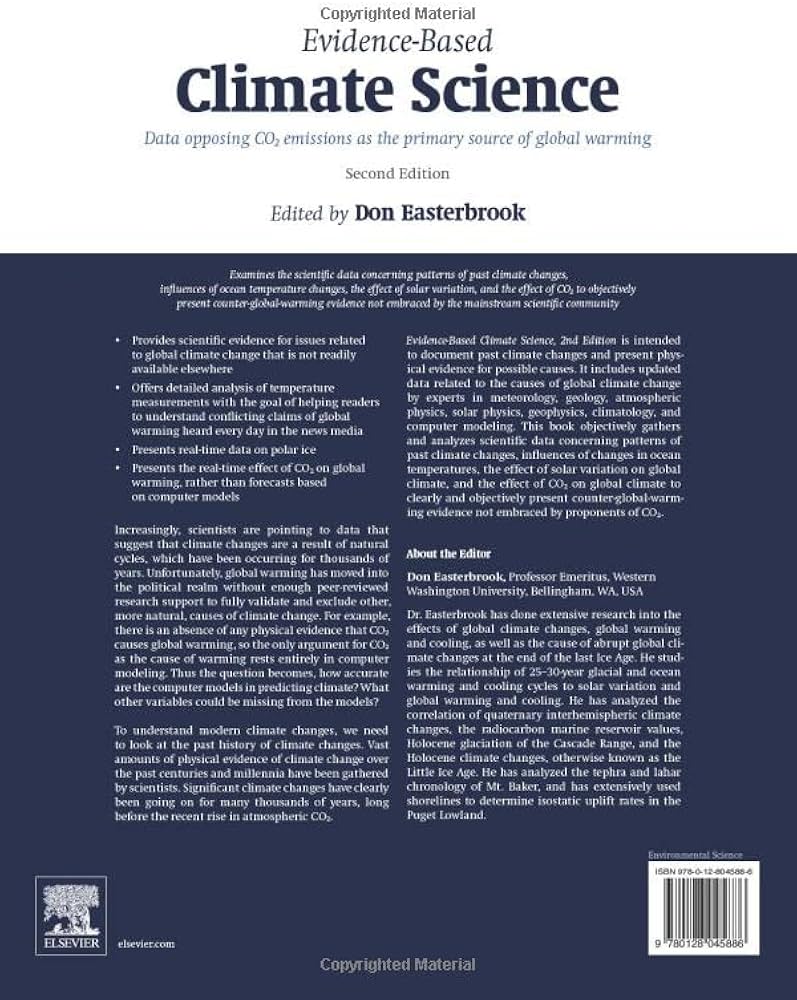
# **The Most Crucial Factor Behind Climate Change**
## **Introduction**
Climate change represents one of the most urgent global issues we face today, impacting ecosystems, weather trends, and human communities. Though natural elements contribute to climatic shifts, scientific studies indicate that human actions are the leading cause of contemporary climate change. The use of fossil fuels, deforestation, and industrial practices have resulted in an unparalleled rise in greenhouse gas emissions, leading to a rise in Earth’s average temperature. Among all elements, emissions of carbon dioxide (CO₂) from fossil fuel usage stand out as the primary factor in climate change.
—
## **What is Climate Change?**
Climate change encompasses long-term alterations in temperature, precipitation, and other atmospheric patterns. While variations in climate have historically occurred due to natural phenomena such as volcanic eruptions and shifts in Earth’s orbit, current changes are mainly the result of human actions. The excessive emission of greenhouse gases into the atmosphere has disturbed Earth’s energy equilibrium, resulting in increased global temperatures, erratic weather patterns, and environmental deterioration.
—
## **Human Actions and Climate Change**
### **Combustion of Fossil Fuels**
The foremost contributor to climate change is the combustion of fossil fuels—coal, oil, and natural gas—utilized for energy production, transportation, and manufacturing. This activity emits substantial amounts of CO₂ into the atmosphere, retaining heat and resulting in higher global temperatures. Since the onset of the Industrial Revolution, the consumption of fossil fuels has surged, leading to a notable rise in greenhouse gas levels.
### **Deforestation and Changes in Land Use**
Forests are vital in absorbing CO₂ from the atmosphere. Nonetheless, extensive deforestation, mainly for agricultural and urban development, has diminished the planet’s capacity to sequester carbon emissions. When trees are felled and either burned or allowed to decompose, stored CO₂ is released back into the atmosphere, intensifying climate change.
### **Industrial and Agricultural Emissions**
Manufacturing and farming operations emit various greenhouse gases like methane (CH₄) and nitrous oxide (N₂O). Methane, released from livestock agriculture and waste breakdown, possesses a global warming potential significantly higher than CO₂. Likewise, the over-application of nitrogen fertilizers in farming generates nitrous oxide emissions, another powerful greenhouse gas.
### **Transportation and Energy Usage**
The worldwide transportation sector, comprising cars, airplanes, and ships, significantly contributes to carbon emissions. A heavy dependence on gasoline and diesel vehicles emits CO₂ into the atmosphere, exacerbating the greenhouse effect. Moreover, inefficient energy consumption and dependence on coal-based power generation further expedite global warming.
—
## **Natural Factors Influencing Climate Change**
Although human-induced actions are the primary cause of climate change, some natural elements can affect global temperature variations:
– **Volcanic Activity** – Major volcanic eruptions discharge dust, ash, and gases into the atmosphere, potentially cooling the Earth temporarily by blocking sunlight.
– **Solar Radiation** – Fluctuations in solar output can create slight changes in Earth’s climate, but these variations are negligible compared to human-induced shifts.
– **Ocean Currents and Atmospheric Variability** – Natural climate cycles, such as El Niño and La Niña, can instigate short-term weather variations.
Despite these natural factors, the overall warming trend observed in recent years cannot be solely attributed to natural causes. Comprehensive scientific data overwhelmingly links modern climate change to human activities.
—
## **The Greenhouse Effect and Global Heating**
The greenhouse effect is a natural mechanism that maintains the Earth’s temperature at a stable level. However, heightened greenhouse gas emissions from human activities have aggravated this effect, trapping additional heat and causing rising temperatures. Key greenhouse gases responsible for climate change include:
– **Carbon dioxide (CO₂)** – As the chief agent of human-induced climate change, CO₂ lingers in the atmosphere for centuries, resulting in long-lasting warming.
– **Methane (CH₄)** – Although present in lesser amounts, methane is significantly more effective than CO₂ at retaining heat.
– **Nitrous oxide (N₂O)** – Emitted from agricultural practices, this gas has a potent warming influence.
– **Fluorinated gases** – These synthetic gases utilized in refrigeration and industrial activities also contribute to warming but are less common.
—
## **Effects of Climate Change**
The ramifications of climate change are becoming increasingly apparent, with severe implications for humans, wildlife, and the environment:
– **Increased Temperatures** – Global temperatures have risen by around 1.1°C since pre-industrial times, leading to heatwaves and drought conditions.
– **Melting Ice and Rising Ocean Levels** – Polar ice sheets and glaciers are receding, resulting in rising sea levels that threaten coastal populations.
– **Severe Weather Events** – Hurricanes, wildfires, and flooding are occurring more frequently and with greater intensity due to climate disruptions.
– **Agricultural Threats and Food Security** – Irregular weather patterns, droughts, and floods impact crop production, resulting in food shortages.